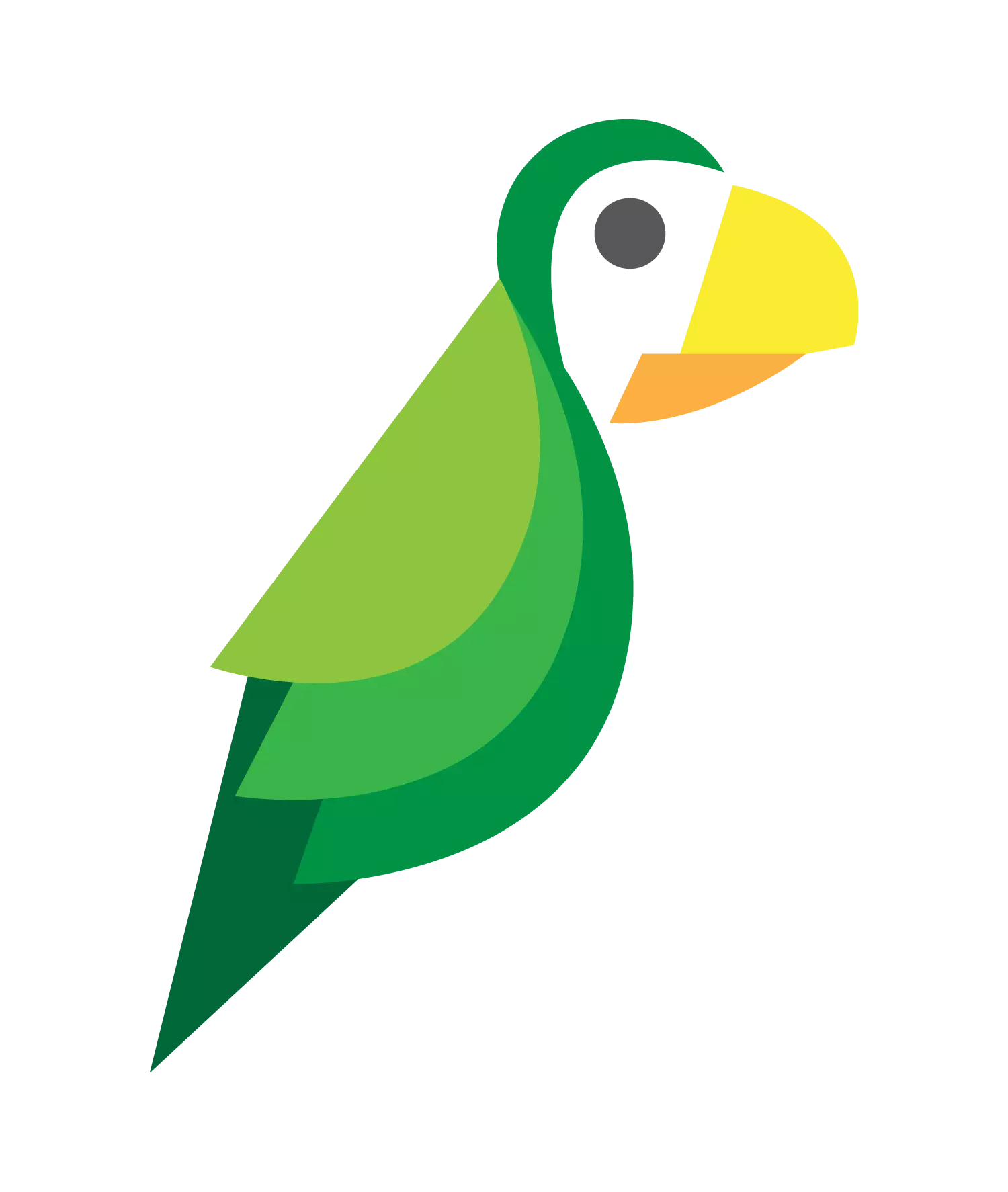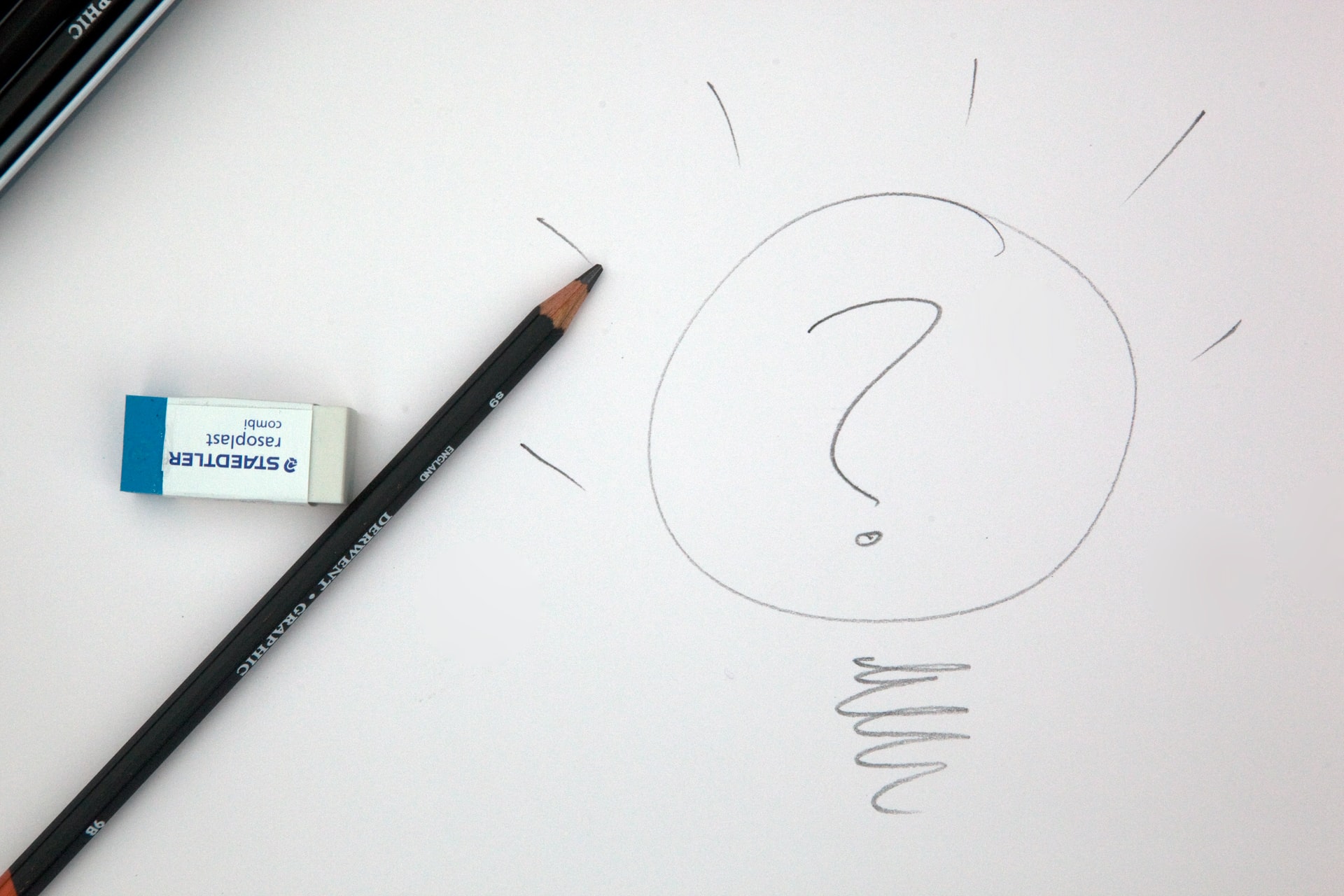The sales funnel is something you have probably encountered when starting your business. Basically, it is the first step to maximizing your profits. Such a funnel is a visual presentation of the sales process from scratch up to lead generation. It helps to plan and organize your actions efficiently.
A marketing funnel is another type of funnel. It’s essential to understand how the marketing funnel works and how to use it when designing your marketing strategy. In this article, we’ll describe its essence, stages, and what it has to offer from a sales perspective.
What is a marketing funnel?
You can use a marketing funnel to map out the customer journey, all the way from awareness (the moment your business first comes to their attention) to purchasing (when they are ready to purchase your product or service). A funnel can also include cross- and up-selling in addition to post-purchase follow-ups.
In other words, marketing funnels are a visualization of a customer’s path from their introduction to your business to finalising a purchase. It helps to understand your target audience’s point of view and helps them to make the right choices (i.e. buy your products or services). The “old marketing funnel” was based on the AIDA model, which consists of four stages: Attract, Interest, Desire, and Action. Nowadays, there are five stages of the marketing funnel. We will discuss each of them in detail and point out which aspects you should pay attention to.
Marketing funnel stages
Marketing funnels are often visualised as an upside down pyramid or, unsurprisingly, a funnel. The first stage is at the top, and the customer path goes downwards through the funnel until hopefully reaching the bottom. Moving down, the number of potential purchases decreases as the quality of leads improves.
Stage one: Awareness
In this phase of the consumer journey, your potential buyers are aware of your brand and products. Here you have to deliver your prospective customer a good reason to go through the following stages. The awareness stage is dedicated to letting people get to know you better and connect with your brand. Nevertheless, you should hit the ground running if you want to attract your potential target audience. Focus on visibility – Google searches, online ads, and email marketing should all be of interest to you. More than 70% of people look for information through search engines, so it is worth being prominent in the results of them.
Stage two: Interest
Now is the time to catch the attention of your target customers. You should surprise them by increasing your marketing efforts. To keep your potential customers interested, you should design a unique marketing strategy. Offer valuable content like white papers, case studies, and insightful blog posts, or make use of video marketing. At this stage, you should focus on grabbing the attention of your prospective customer base.
Stage three: Evaluation
Although this is also called the consideration stage, the main issue is that customers examine their options and so your role is to show them that your product is the best choice. Use social media and content marketing materials. At this point the customer experience is crucial, so hedge your bets accordingly. Evaluation is a critical point in the purchase process at which customers decide whether to stay in your marketing funnel or move on to one of your competitors.
Stage four: Commitment
The decision has been made; potential customers are ready to purchase from you. This is the final stretch, but you cannot rest yet. Now it is time to present your solution at its finest, so you should send a clear marketing message that your products are the best and demonstrate why. This is the right time for offering product demos or free trials, which can speed up purchasing decision-making.
Stage five: Sale
Mission accomplished: your customers have made purchasing decisions and gone through the whole funnel successfully. This phase is often called the conversion stage. In other words, a potential client becomes a current customer, which means you achieve your ultimate goal. Although this is the last phase of the marketing funnel, the customer journey is about to begin for good. Now you have to take care of customer retention and ensure that the purchase stage is not the end of your relationship with the customer. It should instead be the beginning of a strong connection.
Marketing funnel vs sales funnel
Although both of the funnels end with a purchasing decision, they map out customers differently. Some say that the marketing funnel is just the beginning and it ends when the sales funnel starts. This is true in a way, since marketing is about attracting people while sales aim to maintain customers and repeat the purchase process.
A marketing funnel is focused on presale steps and gaining a customer’s attention, whereas the sales funnel (hopefully) leads to them making a purchase by focusing on encouraging constant action.
To recap, building awareness, sustaining interest, and evaluating customer satisfaction are the objectives of marketing funnels. The main focus here is the customer. In the case of the sales funnel, the goal is a successful sales process.
Content strategy depends on the stage of the funnel
As you have probably noticed, at various stages of the funnel, you should generate a variety of content. Let’s focus on that. Have you ever heard about ToFu, MoFu, and BoFu? We can explain. These shortcuts stand for Top of the Funnel, Middle of the Funnel, and Bottom of the Funnel. They concern the content that you should publish at each stage. As a result of making such a division, it is easier to decide which piece of content is most suitable for users at various stages of the funnel. Let’s start from the top.
ToFu
At the very beginning of your digital marketing funnel, your content should reach a wide audience. This stage is dedicated to increasing the number of potential customers, generating more traffic, and catching attention. At the top of your funnel, you have to tell the world that your offer is the best and meets the market’s requirements.
The purpose of ToFu is to distinguish between potential customers, i.e. people who are really interested in your offer and those who found you by accident. This stage is supposed to educate, so you have to focus on value and sharing knowledge. Let’s explore what type of content you should use to catch a user’s attention and start them on their journey to making a purchase.
- blog posts
- ebooks, infographics, or whitepapers
- social media posts
- online ads encouraging newsletter signups
- case studies
During the ToFu stage, you have to focus more on the problems that your products or service can solve, and less on the offer itself. With all of the above content, you should present possible solutions to those issues and mention that your products may hold the key to resolving them.
If you use ads to encourage people to leave their contact information, you should offer something in return. For that, longer forms of content would be great – ebooks, whitepapers, or case studies, for example.
MoFu
Welcome to the evaluation stage! Your potential client is interested in your offer. The time has come to get to know one another better and check if you are a good match. During the consideration phase, you must convince your clients that your offer is what they are looking for. Now it is time to make a sales pitch and focus on the benefits of your offer. Present all your strengths and show why you are better than the competition. For this, such content may come in handy:
- product-related blog content
- webinars
- events
- email marketing
- customer reviews
It is also a good idea to ask what your potential customers want to know. You can provide a survey via email or distribute one on your social media profiles. Make sure to keep asking questions and answering them using CTAs. Through promoting it on your website you’ll encourage users to check out your content, and with a call to action you’ll be able to identify any doubts or questions they might have and provide answers immediately.
By the middle of your digital marketing funnel, you’ll be able to showcase your business from its best side and transition smoothly to the final stage.
BoFu
You’ve made it to the bottom of the funnel. Congratulations! In this phase, the purchase intent is already very high so your task is just to put the cherry on top. Almost all customers are about to buy products on the home stretch, so if you run a successful marketing campaign then they probably will. Indecisive users need to be convinced to act, and those who convert should be rewarded for doing so. Do not let them slip; many companies make this mistake. They stop putting in effort as soon as they acquire a client, which is the exact opposite of what you should do. Since customers chose you and not the other way round, you should treat them exceptionally and ensure no dissonance occurs.
After a client purchases from your business, you have to stay in their mind and keep reminding them about you. It is also a great chance for your business to be referred to their friends or family, so starting a customer referral program can be highly beneficial. If you want to try, EarlyParrot offers a free demo for signing up.
The Bottom of the Funnel stage is to convert clients into loyal and happy customers, so taking care of interesting and useful content should be your no. 1 task. What type of materials should you provide? Here are a few examples:
- email marketing
- demos
- customer testimonials
- discount coupons
- video tutorials
During the last stage of the marketing funnel, the main task is to build a strong bond and keep your customers loyal. A single purchase is not enough; you want to be their constant choice that they often come back to, right?
Over to you
A marketing funnel is an important factor for providing a successful marketing campaign and keeping your conversion rate high. It helps with understanding the buying process and adjusting your marketing efforts accordingly.
Additionally, during the decision-making process you have to accompany the customer in order to continue delivering the best possible value to them and ensure that your products are best-in-class.
During the funnel’s final stages, you can not let them slip away but should actually push even harder. Their final decision is close, and once it is made you have to ensure that it is not their last purchase from your business.
We hope that, thanks to our article, you now understand the importance of the marketing funnel and will be able to adjust your content to the relevant stage. Keep in mind the ToFu, MoFu, and BoFu division and use this method often. Furthermore, you should also remember that making your marketing funnel successful requires time and some persistence, so be patient.


